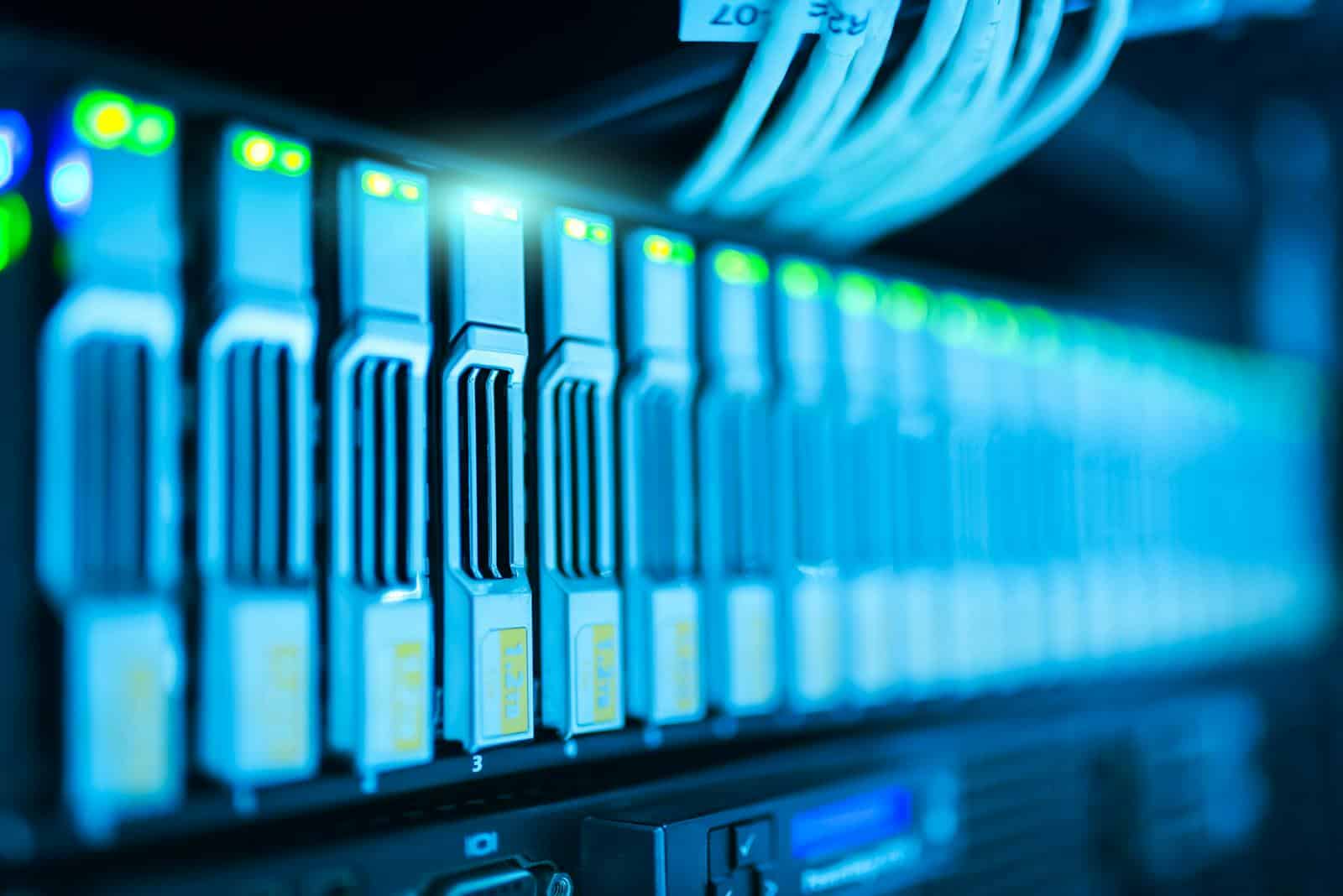The online threat landscape is constantly evolving, presenting a complex web of cyber threats that range from malware and phishing attacks, to ransomware and insider threats. Understanding online threats is essential for developing effective strategies to protect your sensitive information and maintain the integrity of your systems.
Cybercriminals are becoming increasingly sophisticated, employing advanced techniques to exploit vulnerabilities in software and human behavior. Awareness is your first line of defense. To effectively combat these threats, you must stay informed about the latest trends and tactics used by cybercriminals.
This involves keeping up with news reports and engaging with cybersecurity communities and resources. By understanding the motivations behind these attacks—whether financial gain, political agendas, or simply chaos—you can better prepare yourself and your organization. Recognizing the signs of potential threats, such as unusual network activity or unexpected emails, can empower you to take proactive measures before a breach occurs. A comprehensive understanding of the threat landscape will enable you to make informed decisions about your cybersecurity posture.
Click here to learn more about Teracore’s ultra-secure Managed WordPress Hosting >
Key Takeaways
- The threat landscape is constantly evolving, and businesses need to stay informed about the latest cybersecurity threats and trends.
- Implementing strong password policies is crucial for protecting sensitive information and preventing unauthorized access to company systems.
- Securing networks and devices through firewalls, encryption, and regular security updates is essential for preventing cyber attacks.
- Educating employees on cybersecurity best practices can help create a culture of security awareness and reduce the risk of human error leading to security breaches.
- Regularly updating and patching software is important for addressing vulnerabilities and keeping systems secure from potential exploits.
Implementing Strong Password Policies
Password Complexity Matters
A strong password should be complex, incorporating a mix of uppercase and lowercase letters, numbers, and special characters. It should be at least 12 characters long to significantly increase its strength.
Password Management Best Practices
By enforcing strong password guidelines within your organization, you can reduce the risk of password-related breaches. It’s essential to encourage regular password changes, and discourage the reuse of passwords across multiple accounts.
Fostering a Culture of Password Security
Consider implementing a password manager to help employees generate and store unique passwords securely. This simplifies the process and reinforces the importance of maintaining strong credentials. By fostering a culture that prioritizes password security, you empower yourself and your team to take ownership of their digital safety, ultimately reducing vulnerabilities that cybercriminals could exploit.
Securing Your Network and Devices

Securing your network and devices is paramount in safeguarding your digital assets from potential threats. Begin by ensuring that your Wi-Fi network is protected with strong encryption protocols, such as WPA3, which provides enhanced security compared to its predecessors. Additionally, changing the default passwords on your routers and other network devices is crucial; cybercriminals often exploit these easily accessible credentials to gain unauthorized access.
Regularly monitoring your network for unusual activity can also help you identify potential breaches before they escalate. In addition to securing your network, it’s vital to implement endpoint protection for all devices connected to it. This includes computers, smartphones, tablets, and any Internet of Things (IoT) devices that may be part of your ecosystem.
Consider deploying anti-virus software and firewalls to provide an additional layer of defense against malware and other threats. Regularly updating device firmware and software can help close security gaps that cybercriminals might exploit. By taking these proactive measures, you create a fortified environment that significantly reduces the risk of cyberattacks.
Click here to learn more about Teracore’s ultra-secure Managed WordPress Hosting >
Educating Employees on Cybersecurity Best Practices
Your employees are often the first line of defense against cyber threats. Education on cybersecurity best practices is essential. Implement regular training sessions that cover topics such as recognizing phishing attempts, safe browsing habits, and the importance of data protection. By fostering a culture of cybersecurity awareness, you empower your team to identify potential threats and respond appropriately.
This enhances their individual skills and strengthens your organization’s overall security posture. Create easily accessible resources that employees can refer to when they encounter suspicious activity, or have questions about cybersecurity protocols. This could include a dedicated intranet page or regular newsletters highlighting recent threats and best practices.
Encouraging open communication about cybersecurity concerns can also help create an environment where employees feel comfortable reporting potential issues without fear of repercussions. By investing in employee education, you cultivate a vigilant workforce that actively contributes to your organization’s cybersecurity efforts.
Regularly Updating and Patching Software
Keeping your software up to date is one of the most critical aspects of maintaining a secure environment. Cybercriminals often exploit known vulnerabilities in outdated software, to gain unauthorized access or deploy malware. Establish a routine for regularly checking for updates and patches across all systems and applications within your organization.
This includes operating systems, productivity software, and any specialized applications you may use. By prioritizing these updates, you significantly reduce the risk of falling victim to cyberattacks. In addition to manual updates, consider implementing automated patch management solutions that can streamline this process.
These tools can help ensure that all software is consistently updated, without requiring constant oversight from your IT team. Furthermore, it’s essential to maintain an inventory of all software used within your organization so that you can quickly identify which applications require updates. By adopting a proactive approach to software maintenance, you create a more resilient infrastructure that is better equipped to withstand potential threats.
Backing Up Data Regularly

Establishing a Regular Backup Schedule
To ensure the security of your critical data, establish a regular backup schedule that stores data in multiple locations. This can be achieved by using cloud storage solutions alongside physical backups on external hard drives or network-attached storage devices.
Enhancing Data Redundancy and Recovery
By diversifying your backup methods, you enhance data redundancy and ensure that you can recover information even in the event of a catastrophic failure. It’s essential to periodically test your backup systems to ensure they function correctly when needed. Simulating data recovery scenarios can help familiarize you with the process and identify any potential weaknesses in your backup strategy.
Prioritizing Data Backups and Business Continuity
Consider implementing versioning for your backups, so that you can restore previous iterations of files if necessary. By prioritizing regular data backups and testing their effectiveness, you safeguard your organization against data loss while ensuring business continuity.
Click here to learn more about Teracore’s ultra-secure Managed WordPress Hosting >
Implementing Multi-factor Authentication
Multi-factor authentication (MFA) adds an extra layer of security by requiring users to provide two or more verification factors before gaining access to an account or system. You should consider implementing MFA across all critical applications and services within your organization. This could involve combining something you know (like a password) with something you have (such as a smartphone app or hardware token) or something you are (like biometric data).
By requiring multiple forms of verification, you significantly reduce the likelihood of unauthorized access. Educating employees about the importance of MFA can enhance its effectiveness. Provide training on how to set up MFA for their accounts and explain how it protects their personal information as well as organizational data.
Encouraging employees to use MFA for their personal accounts can foster a culture of security awareness beyond the workplace. By embracing multi-factor authentication as a standard practice, you create a more secure environment that deters potential cyber threats.
Developing an Incident Response Plan
Despite your best efforts at prevention, cyber incidents can still occur; therefore, having an incident response plan in place is crucial for minimizing damage and ensuring a swift recovery. Begin by identifying key stakeholders within your organization, who will be responsible for managing incidents when they arise. This team should include representatives from IT, legal, communications, and management to ensure a comprehensive response strategy.
Your incident response plan should outline clear procedures for detecting, responding to, and recovering from various types of cyber incidents. This includes establishing communication protocols for notifying affected parties and regulatory bodies if necessary. Regularly reviewing and updating this plan is essential as new threats emerge and organizational structures change.
Conducting tabletop exercises can also help familiarize your team with their roles during an incident, and identify areas for improvement in your response strategy. By developing a robust incident response plan, you position yourself to respond effectively when faced with cyber threats, minimizing potential damage and ensuring business continuity.
Contact Teracore for fast and secure managed WordPress hosting >
FAQs
What is cybersecurity?
Cybersecurity refers to the practice of protecting systems, networks, and programs from digital attacks. These attacks are aimed at accessing, changing, or destroying sensitive information; extorting money from users; or interrupting normal business processes.
Why is cybersecurity important?
Cybersecurity is important because it encompasses everything that pertains to protecting our sensitive data, personally identifiable information (PII), protected health information (PHI), intellectual property, data, and governmental and industry information systems from theft and damage attempted by criminals and adversaries.
What are some common cyber threats?
Common cyber threats include malware, phishing, ransomware, denial-of-service attacks, and insider threats. These threats can lead to data breaches, financial loss, and damage to an organization’s reputation.
How can individuals protect themselves from cyber threats?
Individuals can protect themselves from cyber threats by using strong, unique passwords, enabling two-factor authentication, keeping software and systems updated, being cautious of suspicious emails and links, and using reputable antivirus software.
How can organizations improve their cybersecurity measures?
Organizations can improve their cybersecurity measures by implementing a comprehensive cybersecurity strategy, conducting regular security assessments, providing employee training on cybersecurity best practices, and investing in advanced security technologies such as firewalls, intrusion detection systems, and encryption.


